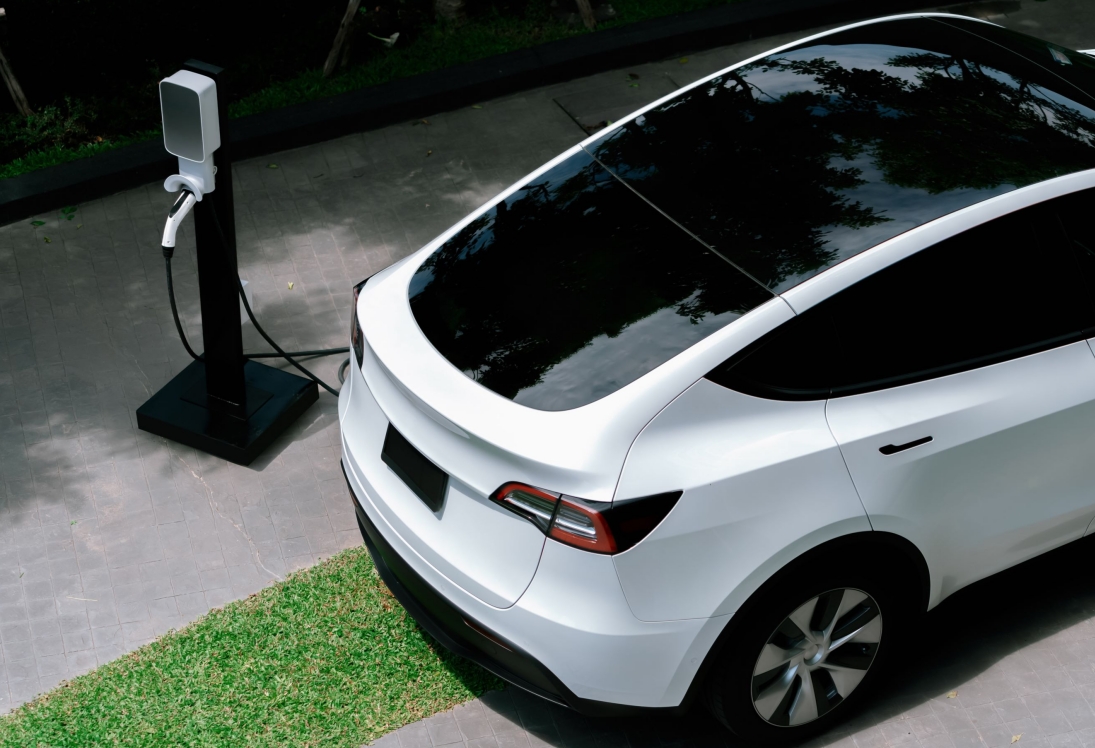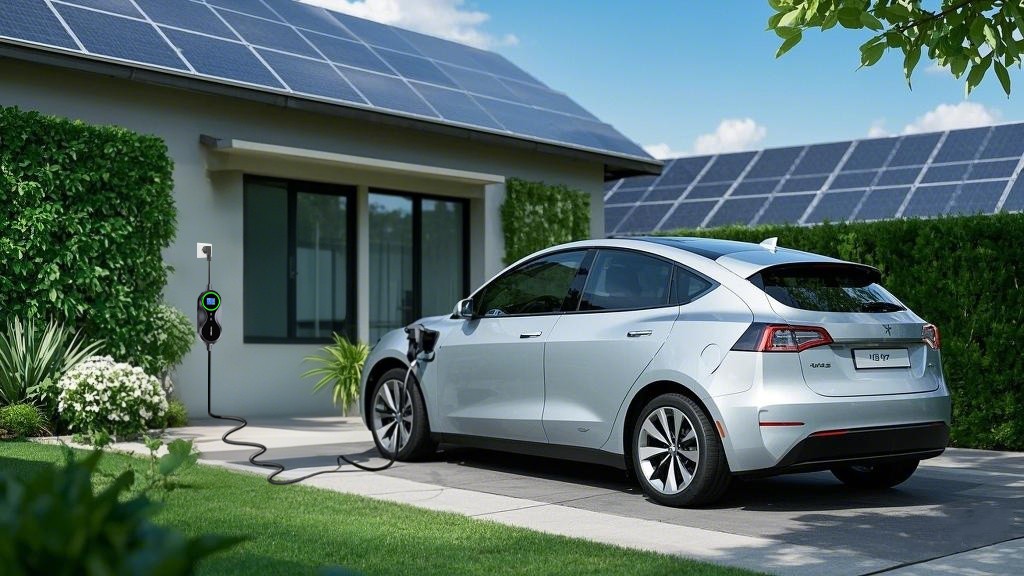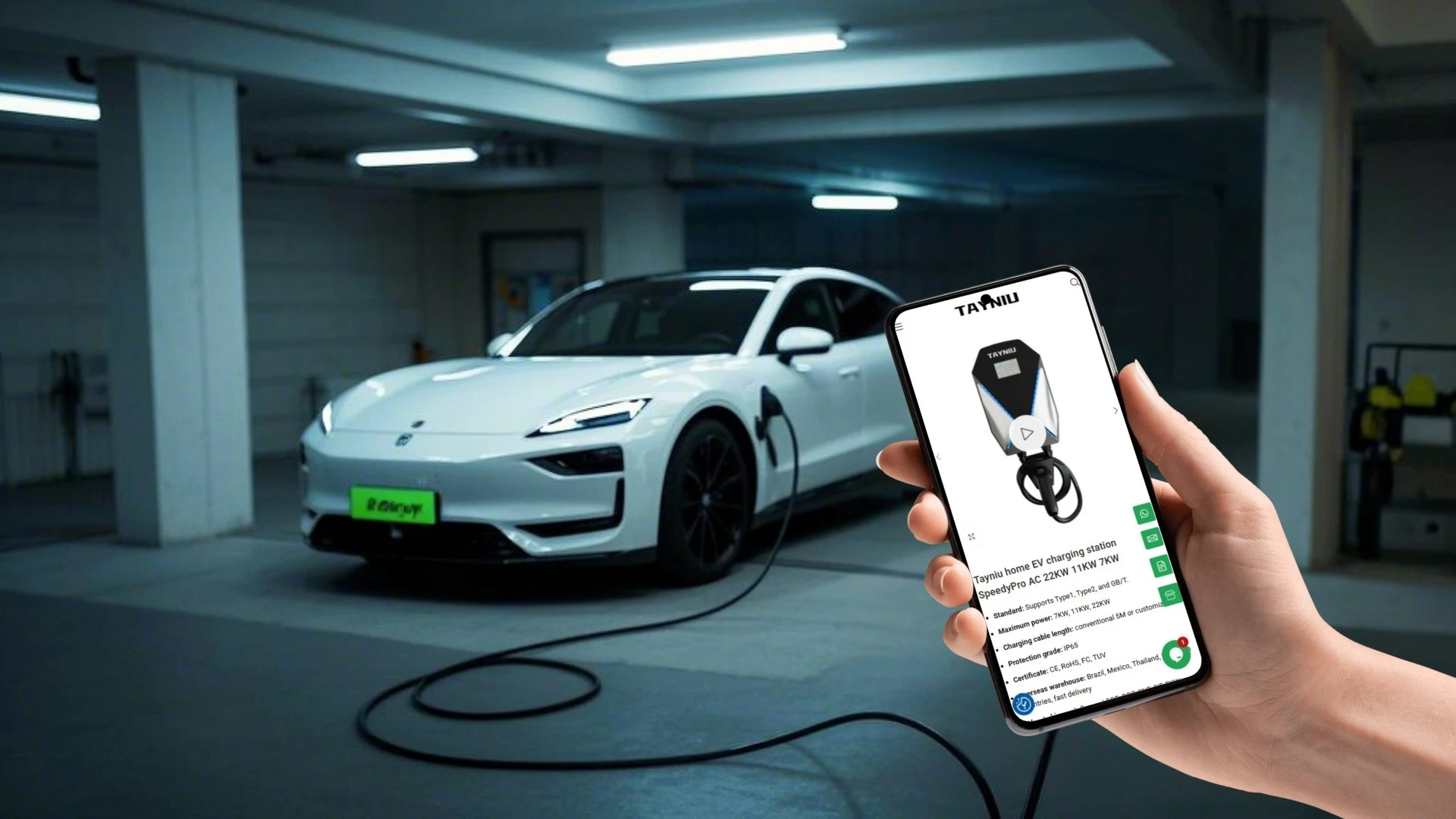From Liquid to Solid: How Solid-State Batteries Could Revolutionize EVs
The electric vehicle (EV) revolution is well underway, but one of the biggest hurdles to mass adoption remains battery technology. Traditional lithium-ion batteries, which rely on liquid electrolytes, have limitations in energy density, charging speed, and safety. Enter solid-state batteries—a breakthrough that could redefine the future of EVs. But what exactly are they, and how will they impact everyday drivers?
The Shift from Liquid to Solid
Current lithium-ion batteries use a liquid electrolyte to shuttle ions between the cathode and anode. While effective, this design has drawbacks:
- Limited energy density – Most EVs today max out at around 300–400 miles per charge.
- Slow charging – Even fast-charging stations take 20–40 minutes to reach 80%.
- Safety risks – Liquid electrolytes are flammable, posing fire hazards in crashes.
Solid-state batteries replace the liquid electrolyte with a solid conductive material, such as ceramics or polymers. This seemingly small change brings major advantages:
✔ Higher energy density – Potential for 500+ miles per charge.
✔ Faster charging – Some prototypes can reach 80% in under 10 minutes.
✔ Improved safety – No flammable liquids mean fewer fire risks.
✔ Longer lifespan – Less degradation over time compared to liquid batteries.
What This Means for EV Owners
For the average driver, solid-state batteries could be a game-changer:
1. Longer Range, Less "Range Anxiety"
With double the energy density of today’s best batteries, EVs could finally match—or exceed—the range of gas-powered cars. Road trips without frequent charging stops may soon be the norm.
2. Lightning-Fast Charging
Imagine recharging your EV in the time it takes to grab a coffee. Solid-state batteries could make ultra-fast charging a reality, eliminating one of the biggest pain points for potential EV buyers.
3. Safer, More Reliable EVs
No more worrying about battery fires in accidents. Solid electrolytes are far more stable, reducing risks and potentially lowering insurance costs.
4. Lighter, More Efficient Vehicles
Since solid-state batteries pack more energy into a smaller space, automakers could design lighter cars with better performance or use the extra space for additional features.
When Will We See Them in EVs?
Major automakers—including Toyota, BMW, and Nissan—are racing to bring solid-state batteries to market by the late 2020s. However, challenges remain, particularly in manufacturing costs and scalability. Early adopters may pay a premium, but as production scales up, prices should drop.
The Bottom Line
Solid-state batteries aren’t just an incremental upgrade—they could be the key to unlocking mainstream EV adoption. For drivers, this means longer ranges, faster charging, and safer vehicles, making electric cars more practical than ever. The transition from liquid to solid may still be a few years away, but when it arrives, it could truly revolutionize the way we drive.
Last Updated on May 7, 2025 by tayniu



